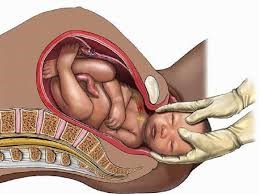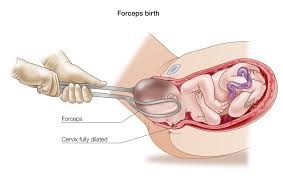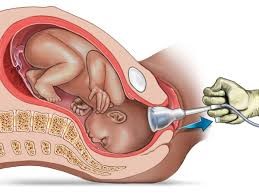|
Service
|
$ |
| Vaginal delivery (with or without episiotomy or without forceps and vacuum) by any method |
2000 |
|
Natural childbirth is done in 2 ways:
• Spontaneous vaginal delivery: A type of natural childbirth that occurs without the use of stimulant drugs and is usually done at 40 weeks of pregnancy.
• Induced labor or induced vaginal delivery: Unlike spontaneous labor, it uses drugs or techniques to start labor so that the cervix softens or opens for the baby to come out. This method of childbirth is usually recommended by a specialist when the pregnant mother has a special medical condition or is past her due date. In this method, labor will be induced by administering and taking Pitocin (a synthetic form of the drug oxytocin). Assisted vaginal delivery (vacuum or forceps delivery) is done when an obstetrician uses forceps or a vacuum device to remove the baby from the mother's vagina. This method of delivery is usually used when the labor process has taken too long, there has been no progress in labor, the pregnant mother is too tired to help the baby advance through the cervix by pushing, or the mother or baby is experiencing symptoms of exhaustion.
The methods of assisted vaginal delivery that the obstetrician-gynecologist recommends depend on the conditions of the mother and baby. These conditions are mostly related to the time of delivery. It is important to know that the following two methods work almost similarly to each other and the choice between them depends on the experience and expertise of the obstetrician-gynecologist.
- Forceps delivery: A type of surgical instrument similar to forceps that the obstetrician-gynecologist uses to grasp the baby's head and guide his body out of the birth canal.
- Vacuum delivery: The obstetrician-gynecologist uses a small cup-like suction. This suction or vacuum device is placed on the baby's head and a pump is connected to it that pulls the baby's head out of the birth canal while applying a vacuum.
  
|
|